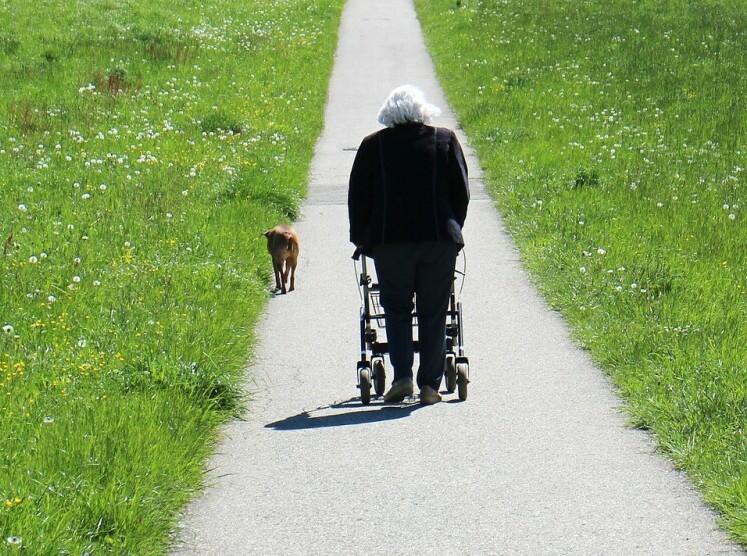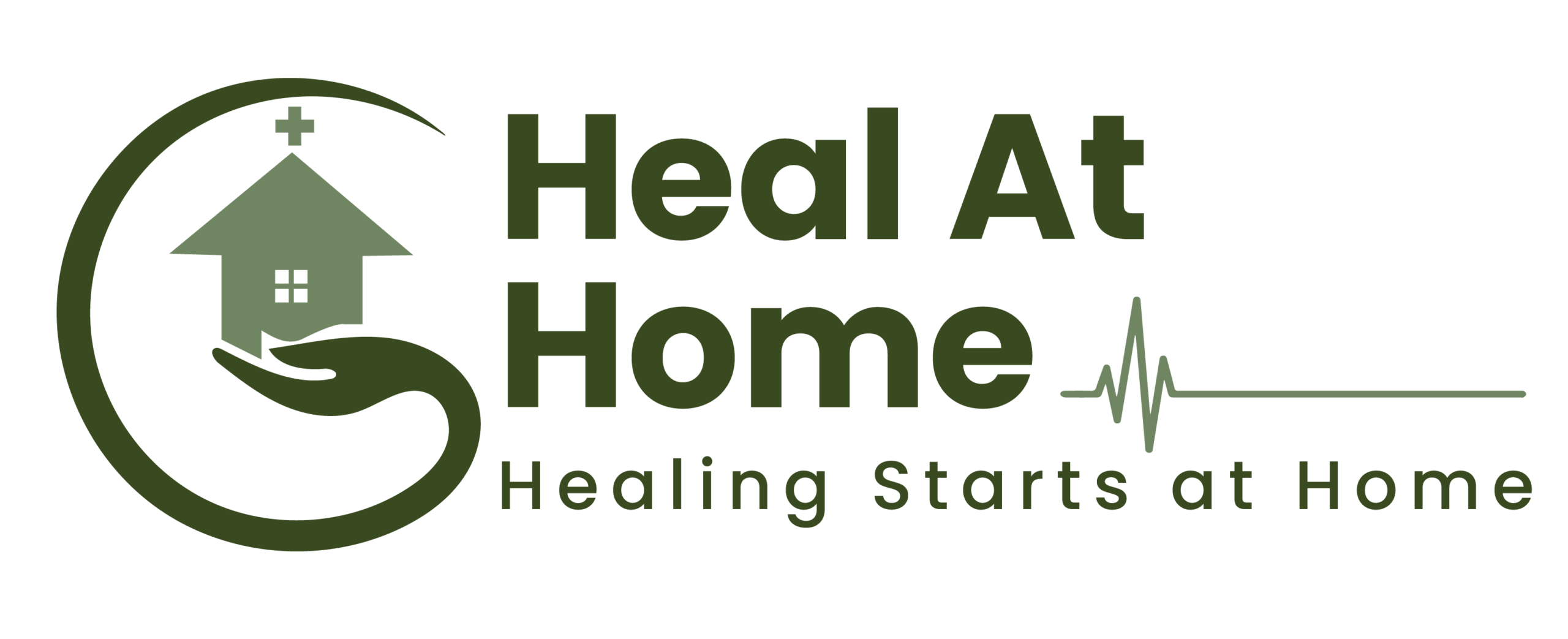Recovering from surgery at home can be a daunting task, especially for those with chronic conditions. However, with the help of home medical equipment, it is possible to make the recovery process more comfortable and efficient.

Home Medical Equipment
Home Medical Equipment for Chronic Conditions
There are a variety of home medical equipment that can be used to help people with chronic conditions recover from surgery at home. Some of the most common and helpful pieces of equipment include:
Hospital beds: Hospital beds are designed to provide comfort and support for patients who are recovering from surgery. They are typically equipped with adjustable features, such as a raised headrest and footboard, which can help to reduce pain and swelling.
A hospital bed is covered by most insurance if one or more of the following criteria are met:
- The beneficiary has a medical condition that requires frequent repositioning of the body in ways not feasible with an ordinary bed. Elevation of the head/upper body less than 30 degrees does not usually require the use of a hospital bed, or
- The beneficiary requires frequent repositioning of the body in ways not feasible with an ordinary bed to alleviate pain, or
- The beneficiary requires the head of the bed to be elevated more than 30 degrees most of the time due to congestive heart failure, chronic pulmonary disease, or problems with aspiration

Home Medical Equipment
Wheelchairs: Wheelchairs can be used to help patients who are unable to walk or who have limited mobility. They can provide a sense of independence and allow patients to move around their home more easily.
A manual wheelchair for use inside the home is covered by most insurances if:
A. Patient has a mobility limitation that significantly impairs his/her ability to participate in one or more mobility-related activities of daily living (MRADLs) such as toileting, feeding, dressing, grooming, and bathing in customary locations in the home. A mobility limitation is one that:
1. Prevents the beneficiary from accomplishing an MRADL entirely, or
2. Places the beneficiary at a reasonably determined heightened risk of morbidity or mortality secondary to the attempts to perform an MRADL or
3. Prevents the beneficiary from completing an MRADL within a reasonable time frame.
B. mobility limitation cannot be sufficiently resolved by the use of a cane or walker.
C. home provides adequate access between rooms, maneuvering space, and surfaces
D. Use of a manual wheelchair will significantly improve the to participate in MRADLs and will use it on a regular basis in the home.
E. Willing and able to use the manual wheelchair that is provided in the home.
Also, has sufficient upper extremity function and other physical and mental capabilities needed to safely self-propel the manual wheelchair that is provided in the home during a typical day. Limitations of strength, endurance, range of motion, or coordination, presence of pain, or deformity or absence of one or both upper extremities are relevant to the assessment of upper extremity function.

Home Medical Equipment
Walkers: Walkers are similar to wheelchairs, but they are designed for patients who can walk short distances. They can provide support and stability, and help to prevent falls.
A Standard Walker and related accessories are covered by most insurances if all of the following criteria (1-3) are met:
-
- has a mobility limitation that significantly impairs his/her ability to participate in one or more mobility-related activities of daily living (MRADL) in the home. A mobility limitation is one that:
- Prevents the beneficiary from accomplishing the MRADL entirely, or
- Places the beneficiary at a reasonably determined heightened risk of morbidity or mortality secondary to the attempts to perform the MRADL, or
- This prevents the beneficiary from completing the MRADL within a reasonable time frame; and
- can safely use the walker and
- functional mobility deficit can be sufficiently resolved with the use of a walker.
- has a mobility limitation that significantly impairs his/her ability to participate in one or more mobility-related activities of daily living (MRADL) in the home. A mobility limitation is one that:
** If Rollator is ordered – Rx i.e. “Walker with seat”
Crutches: Crutches are another option for patients who are able to walk short distances. They are typically used by patients who have injuries to their lower extremities.

Home Medical Equipment
Oxygen concentrators: Oxygen concentrators are used to provide supplemental oxygen to patients who have difficulty breathing. They can be used at home or on the go.
Home oxygen therapy is reasonable, necessary and billable to most insurances only if all of the following conditions are met:
- The treating physician has determined that the beneficiary has a severe lung disease or hypoxia-related symptoms that might be expected to improve with oxygen therapy, (ie: COPD. Hypoxemia, Emphysema, other chronic diagnosis) and
- The beneficiary’s blood gas study meets the criteria stated below, and
- The qualifying blood gas study was performed by a physician or by a qualified provider or supplier of laboratory services, and
- The qualifying blood gas study was obtained under the following conditions:
- If the qualifying blood gas study is performed during an inpatient hospital stay, the reported test must be the one obtained closest to, but no earlier than 2 days before the hospital discharge date, or
- If the qualifying blood gas study is not performed during an inpatient hospital stay, the reported test must be performed while the beneficiary is in a chronic stable state – i.e., not during a period of acute illness or an exacerbation of their underlying disease, and
- If the blood gas AT REST does not qualify, medical records must state blood gas with exercise or ambulation AND that the blood improves with oxygen therapy
- Alternative treatment measures have been tried or considered and deemed clinically ineffective.
CPAP machines: CPAP machines are used to treat sleep apnea. They provide continuous positive airway pressure, which helps to keep the airway open during sleep.
A CPAP device is covered by most insurances for the treatment of obstructive sleep apnea (OSA) if criteria A – C are met:
A. The beneficiary has an in-person clinical evaluation by the treating practitioner before the sleep test to assess the beneficiary for obstructive sleep apnea.
B. The beneficiary has a sleep test (as defined below) that meets either of the following criteria (1 or 2):
1. The apnea-hypopnea index (AHI) or Respiratory Disturbance Index (RDI) is greater than or equal to 15 events per hour with a minimum of 30 events; or,
2. The AHI or RDI is greater than or equal to 5 and less than or equal to 14 events per hour with a minimum of 10 events and documentation of:
a. Excessive daytime sleepiness, impaired cognition, mood disorders, or insomnia; or,
b. Hypertension, ischemic heart disease, or history of stroke.
C. The beneficiary and/or their caregiver has received instruction from the supplier of the device in the proper use and care of the equipment.
A BIPAP device is covered for those beneficiaries with OSA who meet criteria A-C above, in addition to criterion D:
- A CPAP has been tried and proven ineffective based on a therapeutic trial conducted in either a facility or in a home setting.

Home Medical Equipment
Benefits of Home Medical Equipment
Home medical equipment can provide several benefits for patients with chronic conditions who are recovering from surgery at home. These benefits include:
- Improved comfort: Home medical equipment can help to reduce pain and swelling, and provide support and stability. This can make the recovery process more comfortable and less stressful.
- Increased mobility: Home medical equipment can help patients to move around their home more easily. This can increase their independence and allow them to participate in more activities.
- Reduced risk of complications: Home medical equipment can help to reduce the risk of complications, such as falls and infections. This can help to speed up the recovery process and prevent serious health problems.
- Improved quality of life: Home medical equipment can help patients to live a more comfortable and independent life. This can improve their overall quality of life and well-being.
How to Get Home Medical Equipment
There are a number of ways to get home medical equipment. Some patients may be able to get equipment through their insurance company. Others may need to purchase equipment out of pocket.
If you are considering getting home medical equipment, it is important to talk to your local DME first. They can help you determine what type of equipment is right for you and how to get it. Call 580-332-3353 with any questions.

